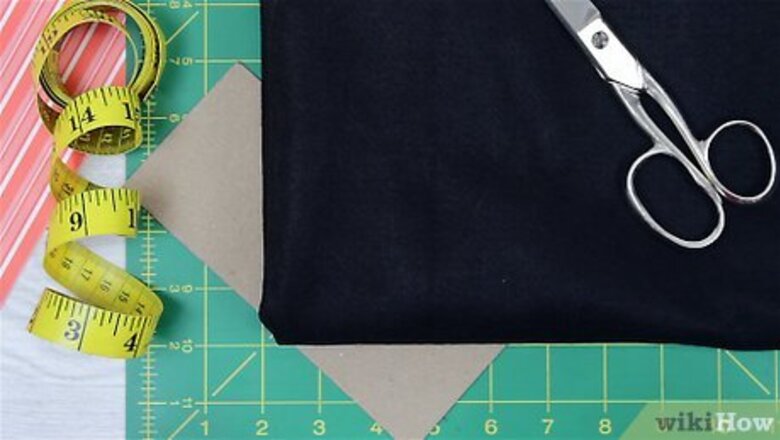
views
Preparing the Patch
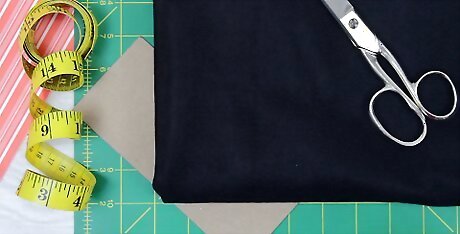
Gather your cloth. A traditional eyepatch is made out of black cloth. You can use the cloth of your choice. A popular material is canvas, but this isn’t the most comfortable. You could instead use a fabric that is soft like cotton, if you plan to wear the patch for an extended time period. You can also gather scrap cardboard if you choose to use it.
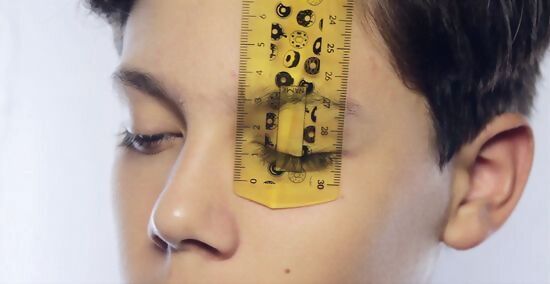
Measure the dimensions. Use a ruler to measure one of your eyes and the surrounding area. Most eyepatches will extend from your eyebrows to below your eyes. Measure from your eyebrows to the top of your cheek bone for the vertical distance. Then measure from the center of your nose to the other side of your eye for the horizontal distance. Jot these measurements down on paper. After gauging how large you want your eyepatch, measure and draw the dimensions onto the cloth. You can use chalk to best see your outline. Create a sunglass lens shape out of the rectangle. Be sure to hit the edges of the rectangle when drawing your outline.

Cut the outline. Use sewing scissors to cut out your eyepatch. Once you have your patch cut, use a lighter to burn away any of the frayed strings left behind. Removing the frayed strings will create a cleaner looking eyepatch.
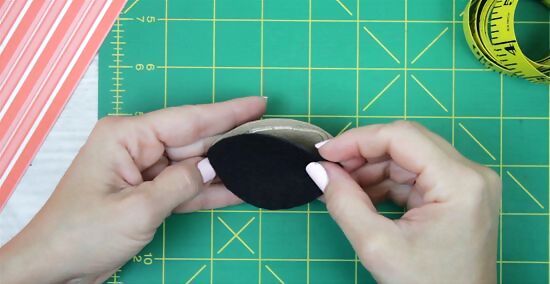
Use cardboard for support. To create a stiff eyepatch that will look dramatic, you can attach a piece of cardboard to the backside of the eyepatch. Lay the eyepatch onto a piece of clean cardboard. Then trace the patch onto the cardboard using a pen. Now cut out the cardboard. Glue the patch onto the cardboard using standard glue or a hot glue gun. Use more fabric than is needed to completely cover the cardboard, and curl the excess fabric onto the back side of the cardboard so that the front of the patch is seamless. This isn't necessary, but it might look more believable than just using cloth.
Preparing the String
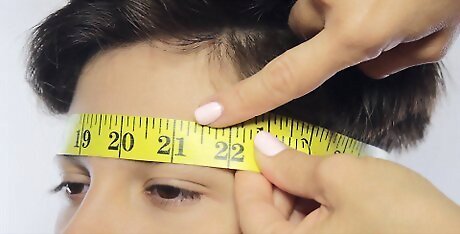
Measure your head. Use a seamstress’ measuring tape to measure your head. Take note of your dimensions. When preparing the string you should leave extra slack to account for attaching and adjustments.
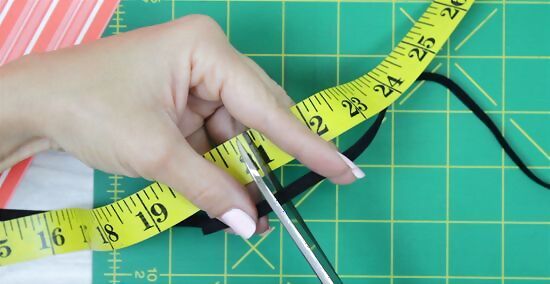
Prepare the string. Use black string for an authentic look. Measure out your string to the same length you documented for your head. Remember to leave about two inches of slack for tying knots and adjustments. If black string isn't available, use whatever you have. Darker colors work best.
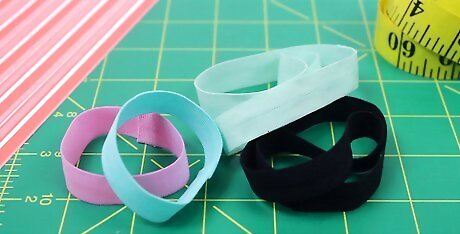
Use a hair tie. Some hair ties will work as a string for your eyepatch. If you find that your hair tie is too small, use a headband. Cut whichever type of band you use so that it is in the shape of a string. You can also rip an elastic band out of an old pair of pants.
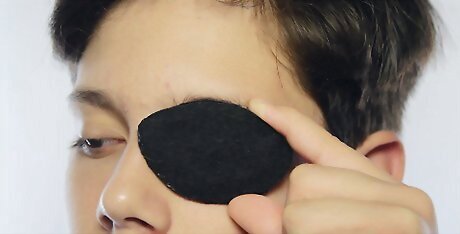
Test it on yourself. Before attaching the string to the eyepatch, try wearing it by using your hands to hold everything in place. This will help you gauge if the string is the right dimension. Make adjustments if needed.
Attaching the Eyepatch
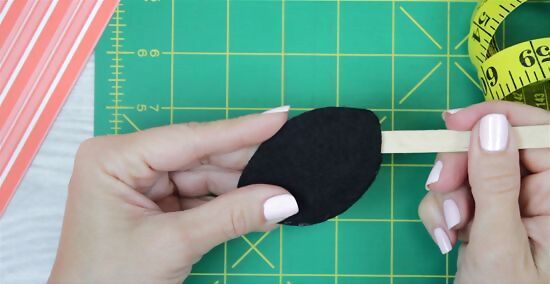
Prepare a hole. You can either create a hole to tie the string, or glue the string onto the patch. If you decide to make inserts into the patch, use a sharp knife. Create small holes on the far left and right side of the patch. If you decide to glue, prepare a hot glue gun or superglue.
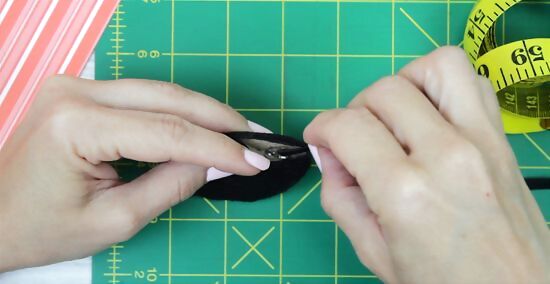
Attach the string. Tie a small overhand knot if you created holes. Make sure you took into account the slack needed to attach the string. Use a hot glue gun or superglue to attach the string. Glue your string behind the front of the patch to create a sleeker look.

Wear the patch. Eyepatches are classic accessories for a variety of costumes. Slip the eyepatch over your head and you have your very own eyepatch. For decorations, you can color onto the patch using a white marker. A classic costume decor is the pirates flag.


















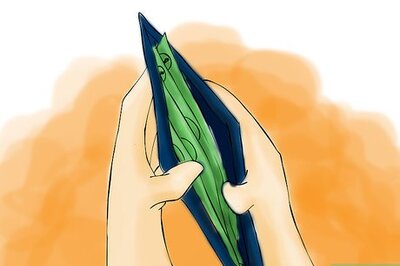
Comments
0 comment